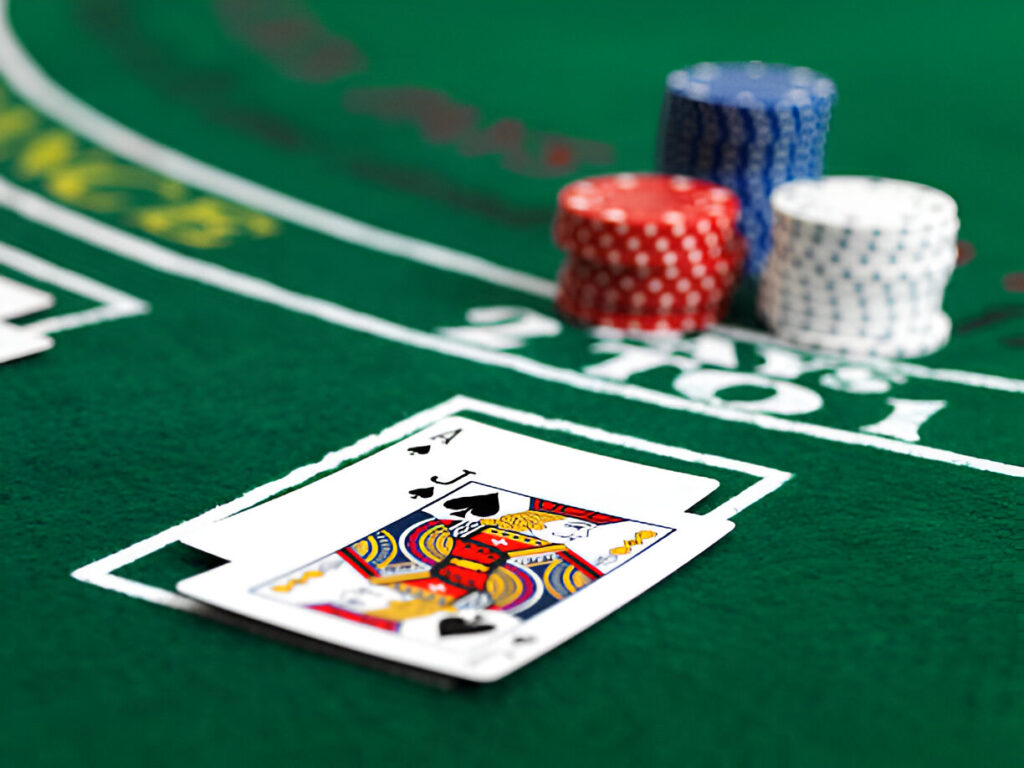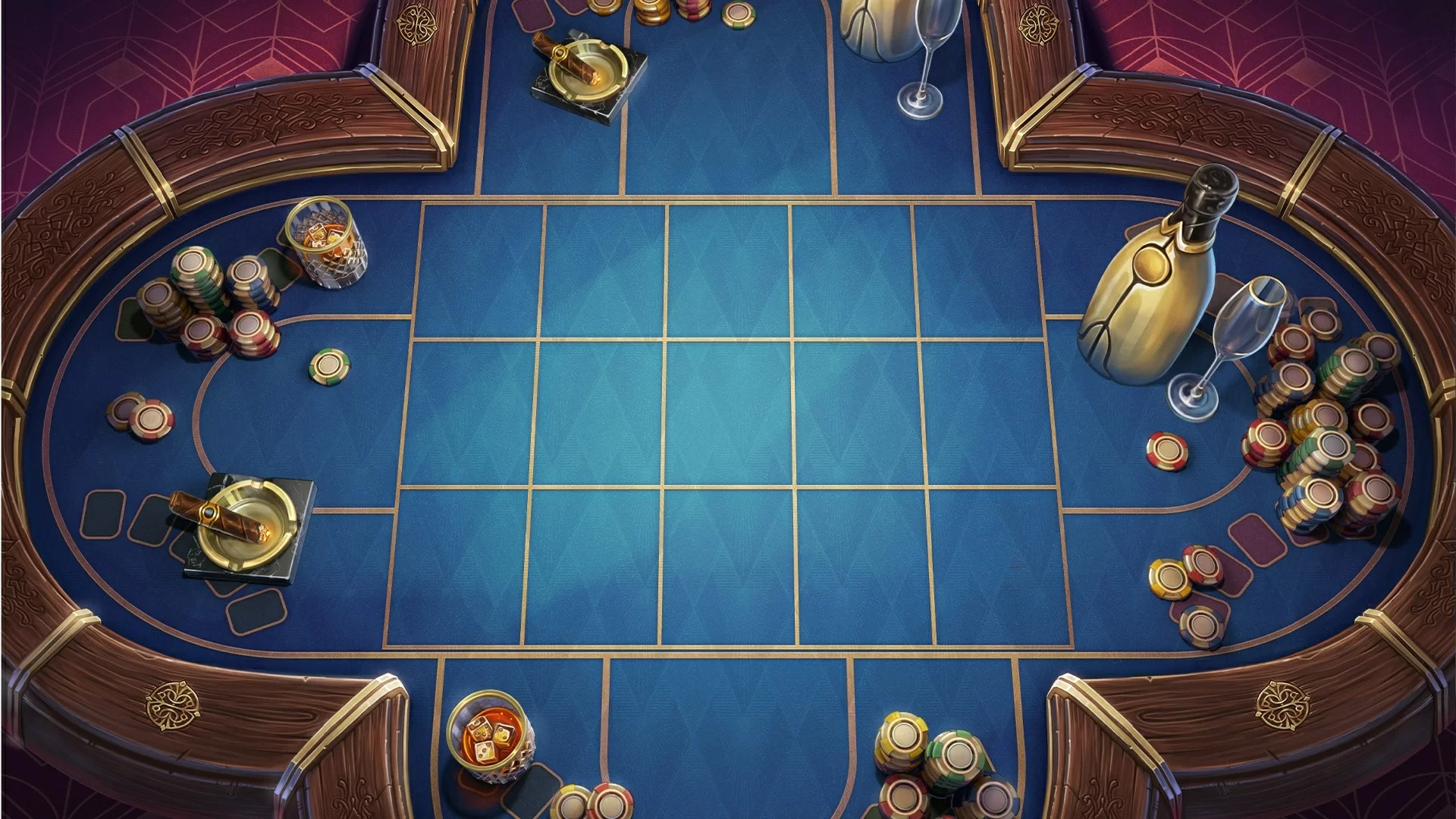
Want to win consistently at Rummy? The key lies in understanding and mastering the rummy sequence rules. Whether you’re a beginner learning the ropes or a seasoned player aiming to level up, grasping how pure, impure, and valid sequences work is essential to your success.
Rummy is not just a game of cards — it’s a battle of skills, logic, and timely decision-making. One small mistake, like an invalid sequence or misuse of a joker, can cost you an entire game. That’s why knowing the rummy sequence rules is not optional — it’s fundamental.
In this complete guide, we’ll take you through everything you need to know about creating pure sequences, using jokers in impure sequences, and how to form a valid sequence to make a winning declaration. Let’s dive in.
What is a Rummy Sequence?
In Indian Rummy, a sequence is a group of three or more cards that belong to the same suit and appear in consecutive order. According to the official rummy sequence rules, every valid hand must contain at least two sequences, and one of them must be a pure sequence.
Understanding how sequences work gives you a clear advantage because they are the backbone of any successful Rummy hand. There are two types of sequences:
- Pure Sequence: A group of consecutive cards of the same suit without any jokers
- Impure Sequence: A group of consecutive cards of the same suit formed using jokers as substitutes
Both types of sequences have their place in the game, but you must always ensure you meet the valid sequence requirement to win. If you’re unfamiliar with the difference between Rummy and Rummy 500, check it out for a better understanding of these variants.
Pure Sequence in Rummy
A pure sequence is a mandatory part of every winning hand, as per the rummy sequence rules. It consists of three or more consecutive cards of the same suit without any joker (wild or printed) used as a replacement.
Example of Pure Sequence:
- 5 of Hearts, 6 of Hearts, 7 of Hearts
- 9 of Spades, 10 of Spades, Jack of Spades
In a pure sequence:
- All cards must belong to the same suit
- All cards must follow consecutive order
- No joker (printed or wild card) can be used as a substitute
You can, however, use a wild card as a natural card if it belongs to the same suit and falls in sequence. For instance, if 7 of Diamonds is a wild joker, you may still use 5♦, 6♦, 7♦ as a pure sequence because you’re not substituting — the joker is used in its actual role.
Mastering the formation of a rummy cards names should be your first priority in every game. If you’re looking for more on how to win at Rummy, consider reading our guide on strategies.
Impure Sequence in Rummy
An impure sequence allows you to use jokers to complete a sequence when you’re missing one or more cards. As per the rummy sequence rules, an impure sequence is acceptable only after you’ve already formed a pure sequence in your hand.
Example of Impure Sequence:
- 2 of Clubs, Joker, 4 of Clubs (Joker substitutes 3 of Clubs)
- 7 of Hearts, 8 of Hearts, Printed Joker (Joker substitutes 9 of Hearts)
Key points to note:
- You can use one or more jokers in an impure sequence
- The jokers can be either printed jokers or wild cards
- The cards must still be in the same suit and follow a logical sequence, with the joker acting as a missing link
An impure sequence is a powerful tool, especially in tough hands. When used correctly, it helps reduce point loss and creates flexibility in forming valid sequences and sets. If you are trying to compare different card games, check out the difference between Rummy and Poker for strategic insights.
What Makes a Valid Sequence in Rummy?
A valid sequence is the cornerstone of a winning declaration in Rummy. According to the official rummy sequence rules, you must create a valid hand structure to win — or even declare — the game.
A Valid Rummy Hand Must Contain:
- At least two sequences
- One of those sequences must be a pure sequence
- The remaining cards can be in additional sequences or sets
Important Clarifications:
- Having only impure sequences will not make your hand valid
- A hand with just one sequence — even if it’s pure — is still not valid
- A joker cannot replace a card in a pure sequence
Let’s say you have the following:
- Pure Sequence: 4♠, 5♠, 6♠
- Impure Sequence: 9♥, Joker, Jack♥
- Set: 7♦, 7♣, 7♠
- Extra Cards: 2♣, 2♦
This hand satisfies the rummy sequence rules for a valid declaration: two sequences (one pure), and remaining cards in valid sets.
Strategy Tips for Rummy Sequence Success
Winning at Rummy isn’t about luck. It’s about skillfully applying the rummy sequence rules throughout every move. Here are some battle-tested strategies to build better sequences and play smarter:
- Always prioritize forming a pure sequence early
- Discard high-value cards (like K, Q, J) if they don’t fit into a sequence
- Use jokers only after your pure sequence is complete
- Watch your opponent’s discarded and picked cards to guess their hand
- Avoid holding onto cards waiting too long for one missing link
- Don’t rush to declare; double-check for a valid sequence
- Learn to differentiate between useful and misleading jokers
By applying these tips, your understanding of rummy sequence rules won’t just stay theoretical — it’ll win you games.
Rummy Scoring and Declaration Rules
Understanding how scoring works under the rummy sequence rules can help you make better decisions, especially when you’re unsure about a risky declaration.
Rummy Points System:
- All numbered cards carry face value (e.g., 4 = 4 points)
- Face cards (J, Q, K, A) carry 10 points each
- Jokers (wild or printed) carry zero points
- If you declare without a valid sequence, you get maximum penalty (80 points)
When you make a correct declaration, the points from your remaining cards are calculated. The player with the lowest point count wins the round.
Rummy Terminology Cheat Sheet
Understanding these basic terms is key to decoding the rummy sequence rules:
- Pure Sequence: A group of consecutive cards in the same suit, without jokers
- Impure Sequence: A sequence formed using jokers as substitutes
- Valid Sequence: A sequence that meets all declaration requirements
- Drop: A choice to leave the game, usually with a points penalty
- Set: Three or four cards of the same rank but from different suits
- Joker: A card used as a substitute to complete a sequence or set
- Wild Card Joker: A randomly selected card that acts as a joker during the game
- Declaration: Announcing your winning hand
Why Rummy is a Game of Skill
Rummy stands out from other card games because of its legal recognition as a game of skill. The rummy sequence rules are specifically designed to reward players who:
- Plan ahead
- Observe carefully
- Apply logic to form correct sequences
- Strategize use of jokers and high-value cards
Unlike games of chance, Rummy doesn’t rely on luck alone. You win by outsmarting your opponents and making smart choices — every single turn.
Play Rummy Online and Test Your Skills
Ready to use these rummy sequence rules in action? The best way to master them is through real-time gameplay. Online Rummy platforms offer secure, skill-based, and rewarding environments where you can challenge real opponents and sharpen your strategies.
Play now at Mighty Crown — where skill, strategy, and winning come together.
Conclusion
Mastering the rummy sequence rules is the foundation of winning at Rummy. Whether it’s identifying a pure sequence, strategically building an impure sequence, or checking for a valid sequence, your understanding can be the difference between losing and dominating the table.
Now it’s your turn — shuffle, sort, and show your skill!
Frequently Asked Questions
A valid sequence in Rummy is a group of at least three consecutive cards of the same suit. A valid hand must include at least two sequences — one of which must be a pure sequence as per the rummy sequence rules.
A pure sequence does not use any jokers, while an impure sequence uses jokers to substitute missing cards. A pure sequence is mandatory for a valid declaration.
No, as per rummy sequence rules, a hand without at least one pure sequence is considered invalid.
No. Jokers cannot be used in a pure sequence. Doing so invalidates the sequence.
You need at least two sequences, one of which must be pure, to make a valid declaration and win.
You receive the maximum penalty of 80 points if your hand violates rummy sequence rules.
No, while a pure sequence is necessary, you also need an additional valid sequence or set to complete your hand.
They ensure the game remains skill-based and fair. Understanding and applying these rules is critical to improving your win rate and avoiding unnecessary penalties.


